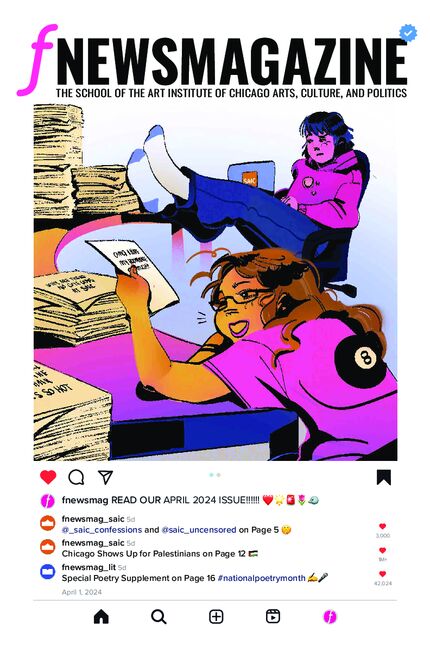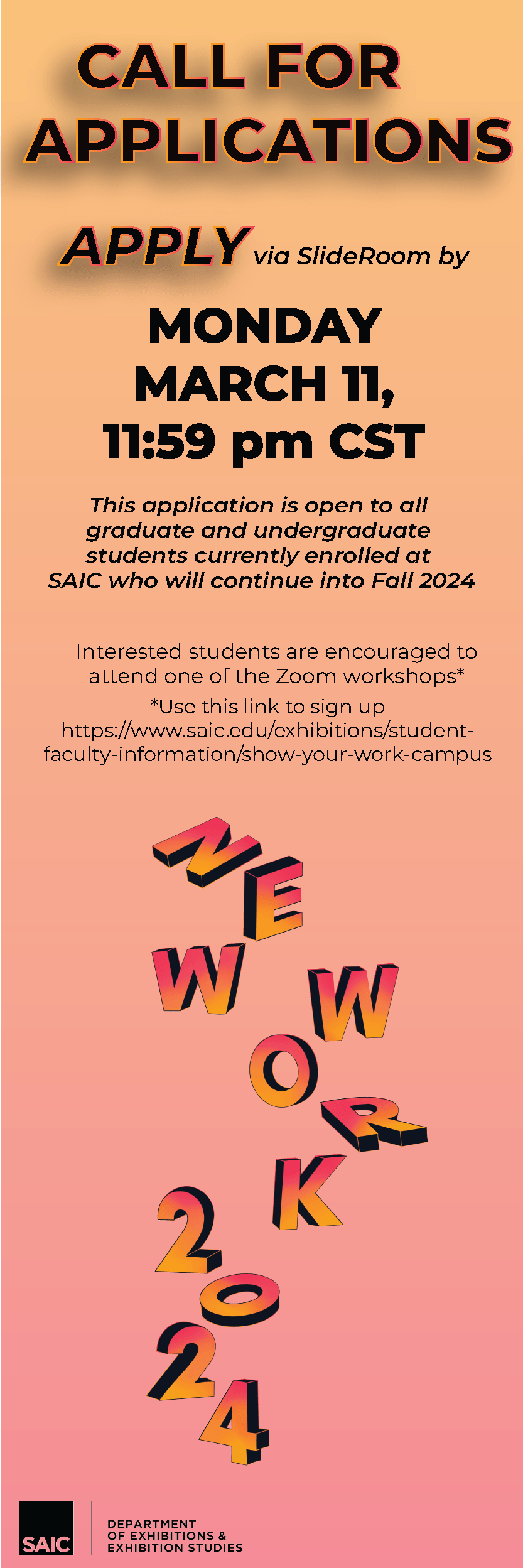An exhibit at the Art Institute of Chicago’s Ryerson and Burnham libraries sifts through artists’ “temporary” announcements
Artists’ ephemera are those items that are often printed and produced for temporary use and amusement. The genre may include exhibition announcements, brochures, games, fliers, and sculptural multiples. By design and default, the Ryerson and Burnham Libraries catalogue have large quantities of ephemera. As this display will show, it is an idiom representing a significant aspect of the ways in which artists, publishers, and others have deployed mass production to substitute, emulate, and in some cases replace the original object of art.
Building upon 19th century developments in mechanized printing, during the first two decades of the 20th century a revolutionary new method of printing was developed—offset lithography. Offset radically changed the speed and volume by which knowledge was distributed, just as the invention of movable type had centuries earlier. Artists, particularly those involved with the Dada movement, were quick to use this new technology to facilitate the profusion of printed matter they designed and issued, and which was crucial to their artistic output.
Seen here is an early example of printed ephemera, which for some has become a revered object in its own right. Developed by Marius de Zayas (1880-1961), 291 was a journal named after Alfred Stieglitz’s influential gallery, that focused on satire, criticism, and modern art. This issue, guest edited by Francis Picabia (1879-1953), features a gallery of his mechanimorphic portraits, laid out across a two-fold broadside. Its style and content served as a model for similar Dada works in Europe.
Pictured on the cover is Picabia’s satirical portrait of Alfred Stieglitz. The inscription on this print: “This is Stieglitz/Faith and Love,” is a mocking reference to the faith and love which Stieglitz and his followers lavished on the gallery and his photographic activities. As suggested recently by Marcia Brennan in her book Painting Gender, Constructing Theory: The Alfred Stieglitz Circle and American Formalist Aesthetics, the words appear flat, especially given Picabia’s implication that Stieglitz is a broken camera, its bellows separated from its body, and its lens aiming at, but not making contact with an “ideal” floating elusively above it. Picabia has set the camera on a platform with a stick shift in neutral and an engaged hand brake. Brennan further elucidates that, “taken as a whole, Picabia’s image suggests that Stieglitz is both eviscerated and stuck.”
The exhibition includes works as diverse as Eleanor Antin’s “100 Boots,” 1971-73, a certificate and diagram for Sol LeWitt’s “Wall Drawing #63,” 1971, and Jenny Holzer’s Inflammatory Essays, 1979-82, from the museum’s collection. Examples from the ephemera collection held by Ryerson Library include Linda Benglis’s announcement card for her 1974 exhibition at Paula Cooper, “Rubber Stamp Portfolio,” 1976, “A Do-It-Yourself Kit,” 1994, and SAIC professor Ellen Rothenberg’s announcement for The Anne Frank Project, 2002, among many others. The exhibition continues through June 7, 2004.
Mark Pascale is an Associate Curator of Prints and Drawings at the Art Institute of Chicago and Adjunct Professor at SAIC.










